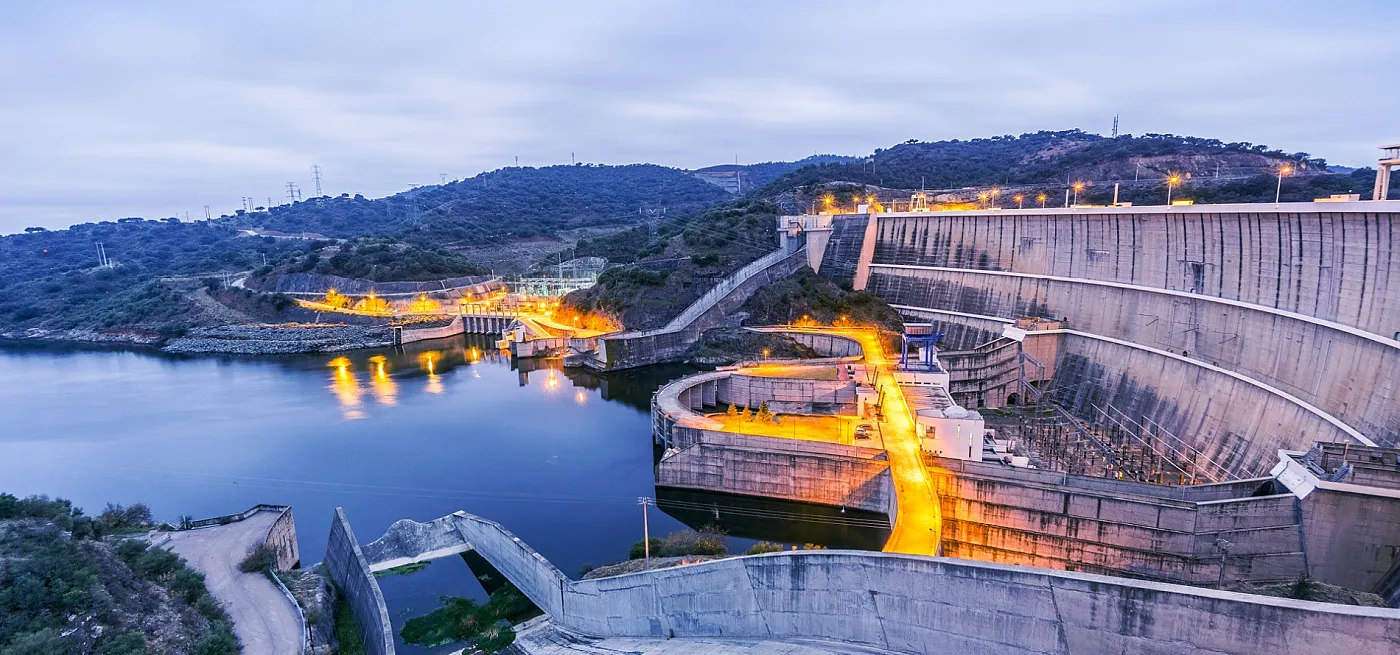Ordinance no. 203-A/2025/1 establishes a new support scheme for intensive electricity consumption in Portugal, with broader access (minimum of 1 GWh/year), stricter environmental obligations, and a more transparent model aligned with EU State aid rules; it includes two cumulative support mechanisms — reduction of tariff charges (CIEG) and risk coverage for long-term renewable electricity contracts (PPAs) — with eligibility dependent on technical and environmental criteria, also applicable to newer installations through a four-year adhesion contract.
Following the entry into force of the Ordinance no. 203-A/2025/1, of 24 April (Ordinance), industry in Portugal can now benefit from a legal regime for electricity-intensive consumption that is:
- More accessible: The access threshold based on annual consumption has been significantly reduced (from 20 GWh to 1 GWh), enabling more industrial companies to qualify as electricity-intensive customers;
According to government estimates, the number of eligible consumers currently stands at 319 companies, with an annual support of at least EUR 60 million expected, solely in the form of tariff reductions; - More demanding: Due to the introduction of more stringent environmental and verification requirements;
- More robust: The risk coverage mechanism has been redesigned for greater control and transparency and is more in line with European rules on state aid.
According to an announcement by the Portuguese Government, the European Commission has already given a favourable opinion on the new state aid scheme.
Categories
These incentives remain available in two forms:
1. Reduction of tariff charges
The Costs of General Economic Interest (CIEG) applied to the Global System Usage Tariff (TUGS) on the cost of electricity purchased from the Public Electricity Service Network (RESP) are partially reduced for electricity-intensive customers.
This benefit aims to offset the weight of the electricity bill in energy-intensive industrial sectors and improve their competitiveness.
In the case of electricity produced and consumed under self-consumption arrangements (UPAC or equivalent), on site or through communities, which is transmitted through the RESP, the exemption applies to the total amount of CIEG applied to the TUGS.
It is also worth noting that the exemption from the application of the criteria of proximity between production units for self-consumption and the location of consumption facilities provided for in Article 83 of Decree-Law no. 15/2022, of 14 January.
2. Risk coverage for long-term renewable electricity agreements (PPAs – Power Purchase Agreements)
This incentive aims to reduce exposure of electricity-intensive customers to electricity price volatility and encourage the consumption of clean energy by providing partial coverage of default risk by electricity-intensive customers, guaranteed by financial institutions, with a partial public guarantee, up to a limit of 80% of the obligations assumed.
This mechanism can only be used for PPAs where the electricity is exclusively from renewable sources, with a minimum contract duration of five years and minimum coverage of 10% of the industrial facility's annual consumption (based on the average of the last three years or a future estimate).
The support provided under the electricity-intensive customer scheme is complementary, meaning that the same customer can benefit simultaneously from the exemption/reduction of CIEGs and risk coverage in PPAs.
Eligibility requirements
To qualify as an electricity-intensive customer, the consumption installation (with a single CPE) must, in at least two of the last three years, meet the following criteria:
- Annual consumption ≥ 1 GWh (including grid energy, self-consumption and system services);
- Consumption during off-peak/super off-peak periods ≥ 40% (net of self-consumption and system services);
- Electro-intensity ≥ 1 kWh/€ of GVA (Gross Value Added).
A very important new feature for attracting new investment is the possibility offered by the Ordinance for facilities that have been in operation for less than three years to also join the scheme on a conditional basis, provided they meet the criteria in two of the following three years.
Adherence to the energy-intensive customer regime is achieved through a four-year contract with the public electricity network operator for the consumption facility. However, adherence is conditional for a period of three years for facilities that have been in operation for less than three years, with an extension to the fourth year if the eligibility requirements are met.
By 30 April, each year, the customer must submit proof of continued eligibility.
Energy and environmental obligations
The new Article 8-A of the Ordinance introduced energy and environmental obligations, requiring each electricity-intensive customer to carry out an energy audit by recognised technicians by the end of the first calendar year of the participation contract, unless already covered by the SGCIE (Intensive Energy Consumption Management System).
During the membership contract period, electricity-intensive customers must carry out at least one of the following actions:
- Energy Efficiency – implementation of efficiency measures identified in the energy audit with a payback period of three years or less;
- Emissions Reduction – investment of a minimum amount corresponding to 50% of the support received as an electricity-intensive customer in projects that significantly reduce GHG (greenhouse gas) emissions;
- Renewable Energy – ensuring that at least 30% of electricity consumption comes from renewable sources, whether through self-consumption, guarantees of origin, bilateral contracts or other means.
By 30 April of the year following the end of the contract, the customer must submit a final implementation report including, in particular, the energy audit report, evidence of the investments made and proof of compliance with the obligations to install and operate the measurement and management systems.



